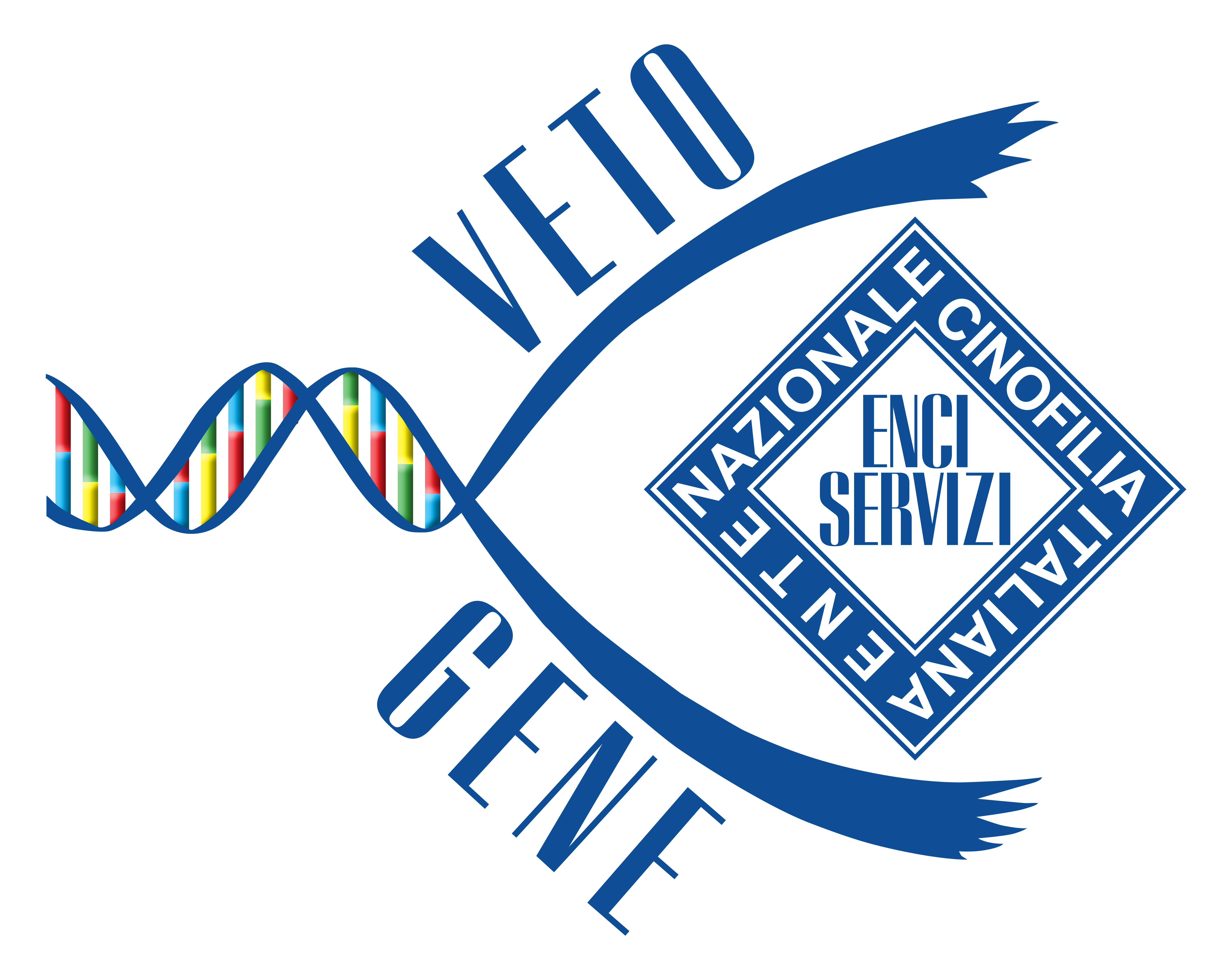Presentation
In recent years, genetic studies concerning dogs have multiplied: currently there are 46 international laboratories constantly engaged in the “Canine Genome Mapping Project” and the applications deriving from these studies are increasingly numerous.
The canine genome mapping project is mainly based on the use of microsatellites (repeated sequences of two, three or four nucleotides) for the saturation of the map and the identification of markers to be correlated with the genes.
In the dog it is for now possible to obtain a low resolution map, based on genetic markers such as microsatellites which still allow us a linkage study, i.e. a correlation between the genetic markers and the genes that are involved in certain phenotypic expressions. Main applications of DNA techniques to purebred dog breeding.
In veterinary medicine, the possible fields of application of molecular biology are various and numerous and a prominent place unquestionably belongs to the breeding and selection of purebred dogs, not limited to the genetic control of kinship and the identification of incorrect genealogies, but allowing different possibilities of use. In this regard, particular emphasis should be given to the study of genetic variability and consanguinity, to the pathological inheritance, to the identification of the allelic variants responsible for certain (morpho-functional) phenotypes that may affect the selection of a particular dog breed.
With the application of the technical standards of the Herd Book it will be obligatory to deposit biological samples for identification by means of microsatels of all the subjects that will be registered in the register of SELECTED REPRODUCERS and this will lead to a better valorisation of the registered dogs, whose veracity genealogy will not admit uncertainties.
Why have my dog been spotted?
• guarantee their health
• identify puppies early
• select breeding stock and adapt crossings
• avoid the spread of the disease in the breed and breeding
• anticipate the appearance of the disease
• adapt the living conditions of carrier dogs
For information: info @ vetogene.com
